Introducing Maggot Farming : A Solution To A Precarious Situation
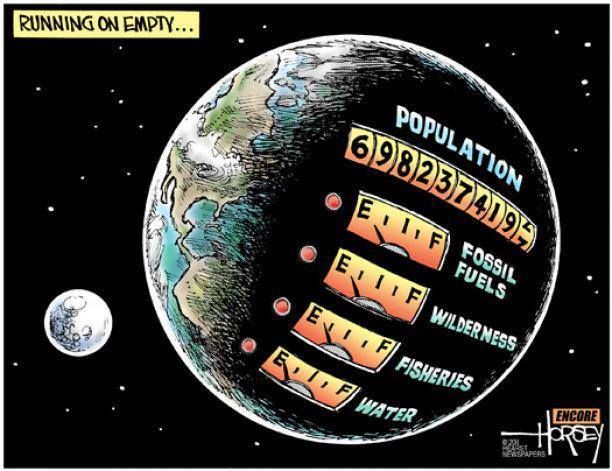
Why am i writing and What do I mean?
This article is a plain but brief insight to a multilateral problem that tilts our existence towards annihilation, along with so many other ecological problems we so effortlessly disregard.
Man is an omnivore, and by that i mean he eats herbs or plants as well as meat. We are at the top of the food chain, bearing down on other species and making the cuts and the shots to keep the preservation of our race. We have evolved over the years and our population increases exponentially yearly!
Where we needed shelter, we cleared greenery and pitched our tents. Where we needed food, we harvested livestock and plants to feed expanding community. But the earth's existence is maintained by critical ecological cycles that balances whatever we take and because of this, we have fared well for a while.
Plants produce food by using the energy from sunlight in a process called photosynthesis. The herbivores feed on the plants and we feed on the herbivores. But what happens when the herbivores outnumber the plants?
As our race continues to expand exponentially, our resources continue to diminish, tilting towards the red, putting other species at risk. This article addresses a feeding problem, a tricky situation that has remained inert for a while but now causes a serious threat.
I'm talking about meat.
Yes, meat, but more precisely Meat consumption.
How Much Meat Is the World Consuming?
As at 2016, the world was consuming a whooping 129.5billion tons of beef. With Uruguay, Argentina, Hong Kong and USA in the lead. Experts estimated that by 2050, this figure will triple. I'll try not to imagine what population of livestock we would have to rear and harvest to meet those values. (or who knows, maybe by then we would be cloning cows.)
As at 2007 to 2012, the figures where down to 465 million tons. These figures do not include fish, pork or chicken estimates but I assure you, they are just as nauseating. United States is the world's largest beef producer but almost 60% percent of the world's production takes place in developing countries.
Did you know?
Worldwide about 56billlion animals are reared and then slaughtered to meet with meat demand, with about 67% coming from poultry meat, 50% from egg and 42% pork.
How Is This Bizarre Demand Being Met?
Simple answer: Farm factories, augmented already established ecological problems and threat to human health.
Livestock Farming factories have been established to rear tons of livestock solely for meeting the high demand for beef, pork, egg and fish. This amounts to the massive resources raped from the earth to feed livestock, also garnering more problems that threaten humanity.
To raise livestock to marketing weight, three most essential things are needed:
- Feed
- hormonal and bacterial treatment
- Water
To provide feed for the horde of livestock to be slaughtered, factories often resort to the cheapest and less healthier option. corn, soybean and fish meal. Why did i say less healthier?
Livestock are mostly ruminant animals. By ruminant, i mean they have four compartment stomachs made to feed on grasses and legumes. Corn, soybean and fishmeal contain the necessary protein makeup to let these animals reach market weight quickly although less healthier for the livestock.
Also, to provide grazing fields for the livestock would cut down the factories profit margins significantly so the option will never be considered...So instead of fallowing acres of land to let animals graze, corns and soybean is cultivated on these lands to make the meals.
"In the U.S, 70% of grain grown is fed to animals in feed slots" from Plants, Green and Agriculture by Jones And Barttet
"It takes up to 16 pounds of grain to produce just one pound of meat" from The Global Benefits Of Eating Less Meat by Mark Gold and Jonathon Porrit
"The world's cattle alone, consumes a quantity of food equal to the caloric needs of 8.7Billion people" from The Global Benefits Of Eating Less Meat by Mark Gold and Jonathon Porrit"
The Problems Amounting:
- Loss Of Arable Land
About 33% percent of arable land on the planet is used for livestock rearing. The lands are used to raise the corn and soybeans used to make meal for livestock. 97 million acres of land in The states alone is used to grow corn.
In 1990,about a 100 thousand hectares of land became infertile following their use to grow soybean. They were eventually abandoned. Growing soybeans causes compaction to the soil, reaping nutrients from the earth.
- High Costs And Immense Amount Of Resources Reaped
Shockingly, 530 gallons of water is needed to produce a mere two pounds of soybean! Corn fields consume a whooping six gallons of fresh water each year in The U.S. An acre of corn will use over 60 gallons of fossil fuels.
Shocking fact: More than forty diseases could be contacted from manure polluted waters.
Now, we can either reduce the amount of hamburgers we are eating or we can devise better methods to meet these demands. A disregarded option would be Maggot Farming...
Introducing Maggot Farming!
Yes You read right! Maggot Farming! Those squirmy white to brown creatures that make your skin crawl and your stomach revolt. Maggot farming is a blockbuster solution to the impending danger Livestock rearing imposes.
MAGGOTS, A Unique Insight:
These are soft bodied creatures with fluid endoskeletons, rich in the necessary proteins needed for growth and also rich in Vitamin A and C. They are the larvae phase of most insects, most notably the house fly.
They also contain minute quantities of fatty acids and will eat voraciously through organic waste or sewage, degrading the smelly substrate into odorless humus! The bacteria infesting and causing the smell from wastes don't stand a chance! These are ecological heroes often overlooked!
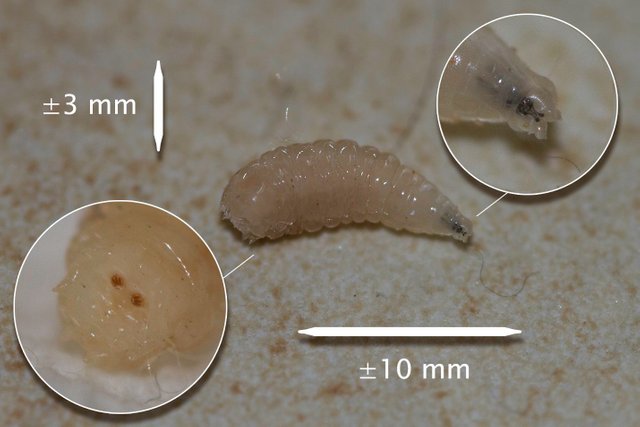
To look into Maggot Farming, I will be writing about the world's largest Maggot farm, Agriprotein.
Maggot farming made its first real debut in 2014, when Agriprotein built their first large scale maggot farm in Phillipi, South Africa. The farm houses roughly 8.5billion flies that produce about 20,000kg of maggots daily.
Maggot farming can be maintained so long as you have a steady supply of organic waste. This could be sourced from local restaurants, hotels, waste dumps. Agriprotein collects up to 100 tons of waste on a daily basis! Recycling waste into healthy protein!
Flies mate and produce larvae in cages specifically designed for this purpose. Temperature, humidity and lighting are controlled so as to facilitate mating and laying of eggs. One fly can lay 400 eggs a day! The eggs are collected daily and hatched in a separate cage.
Waste is fed to the maggots and they whilst they degrade the matter to humus, they also increase to market size. A maggot increases nearly 5000 times in size in three to four weeks, and grow several centimeters long as long as waste is available.
They are harvested when they reach marketing size and are washed, dried and crushed to extract their oils. The rest is ground into a flaky product that can be sold to livestock farms.
The Products Of Maggot Farming
Maggot Oil:
This can be mixed in livestock meals or used as vegetable oil...for cooking.

Maggot Meal:
This can be fed to livestock like cattle, pigs, poultry and even pets.
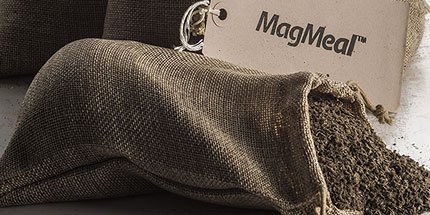
Solutions Maggot Of Farming Offers
Organic Waste To Protein To Livestock To Humans
Yearly, billions of tons of food go to waste, from half eaten burgers to veggies gone bad and milk gone sour and leftovers. This amount of waste could be put to better use in maggot farms, breeding proteinous supplements that would be a cheaper and less hazardous means of sustaining the Livestock factories. Recycling is already an established key to sustaining this God-given earth.Reduced Costs Of Livestock Rearing:
Maggot farming is a way cheaper means of maintaining livestock in comparison to the corn, soybean and fish meals being implemented. It also takes up less space. Millions of maggots can be contained and bred in one tank alone. Imagine how much maggots a factory the size of a football pitch can make?Greenhouse Effect And Organic Waste Eradication:
With maggot farming, there would be less need to clear acres of lands to cultivate meal crops for livestock factories. Also organic waste will not only be converted to a healthy meal but also produce humus, rich in nutrients to be used as manure.
Thanks For Reading!
Notes And References
uncredited images sourced from [agriprotein.com] and the listed sources below
- https://www.agriprotein.com/
- http://www.onegreenplanet.org/environment/shocking-facts-on-how-factory-farms-cause-water-pollution/
- https://www.investopedia.com/financial-edge/0712/top-agricultural-producing-countries.aspx
- http://beef2live.com/story-world-beef-consumption-per-capita-ranking-countries-0-111634
- http://www.smallstarter.com/get-inspired/agriprotein-making-millions-from-maggots-south-africa/





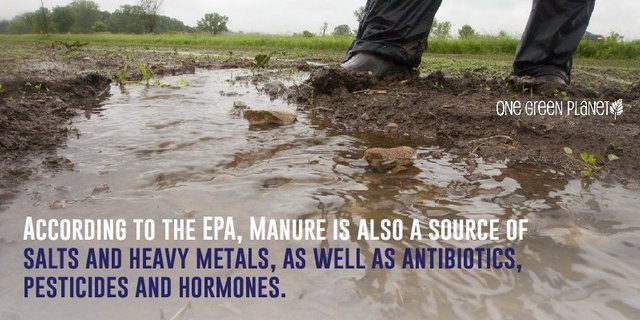
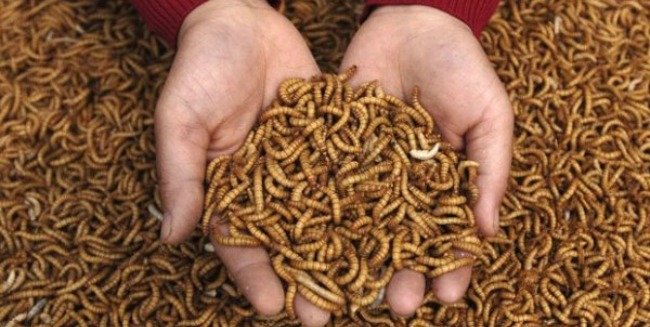
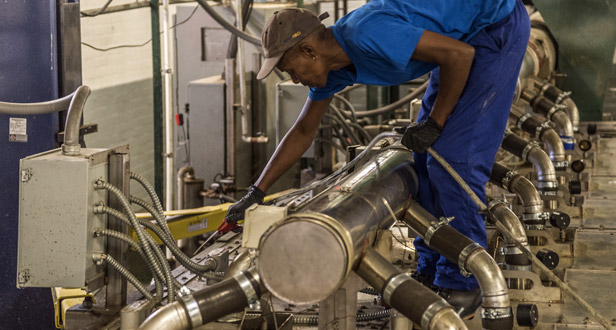
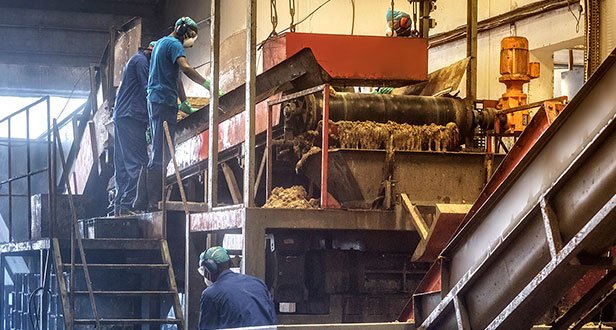
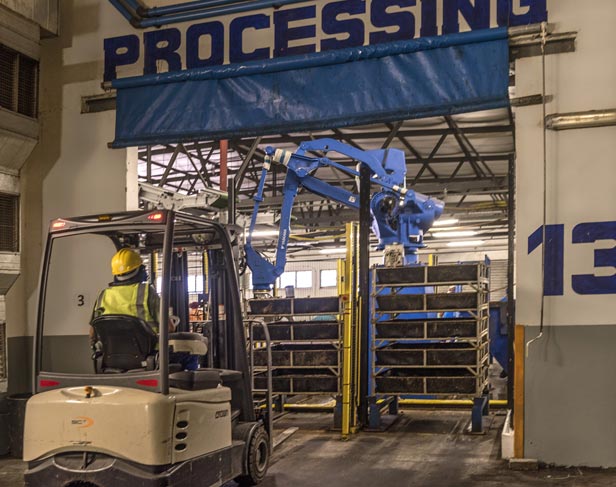

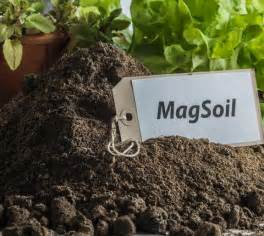
Thanks for sharing this great and informative article @rachelrick... At first I didn't want to read the article cos I detest the sight of maggots, I never knew maggots could be this useful to our community.
You did a very good research, keep it up friend
Thanks for reading dr
Nice article ! Followed ;)